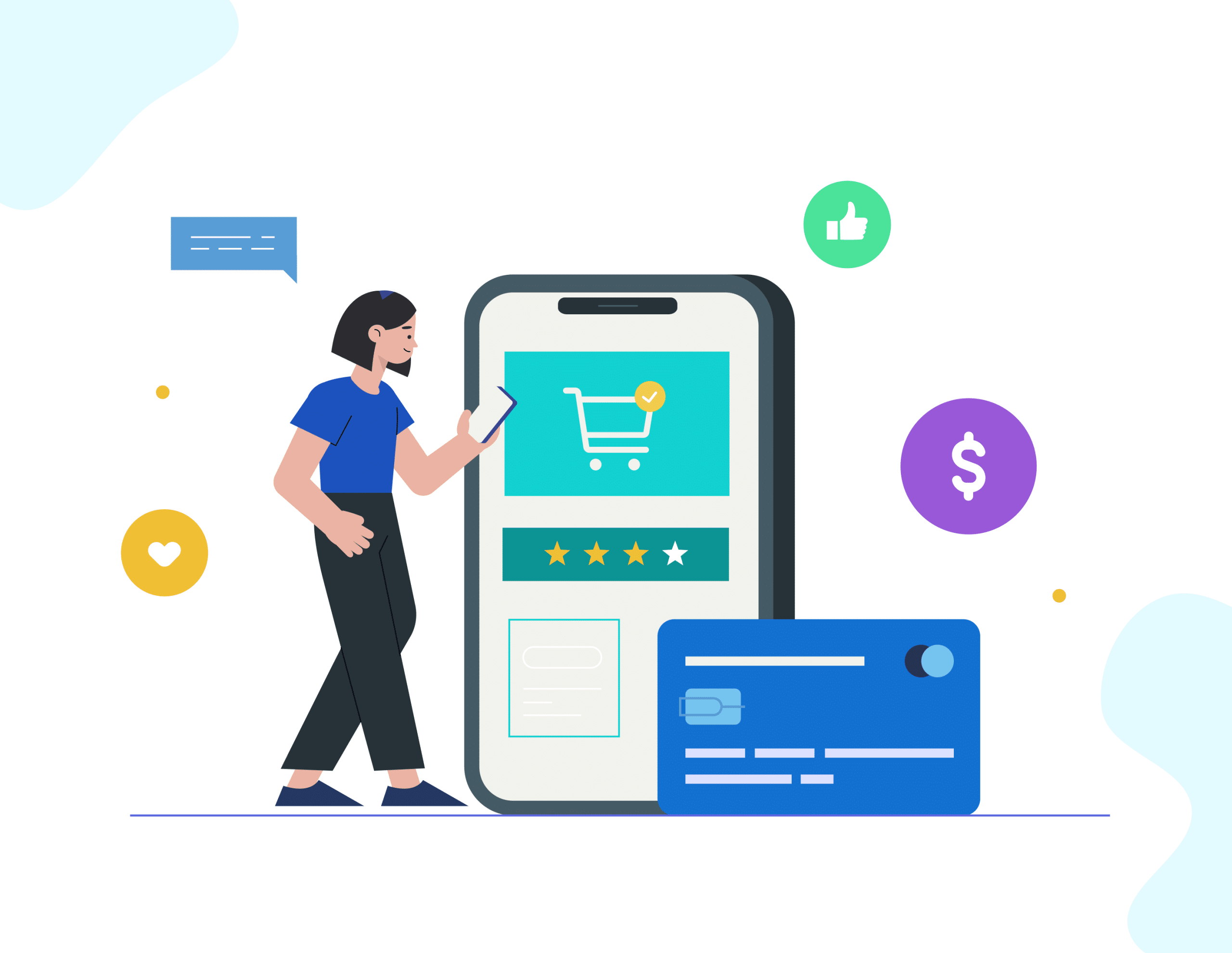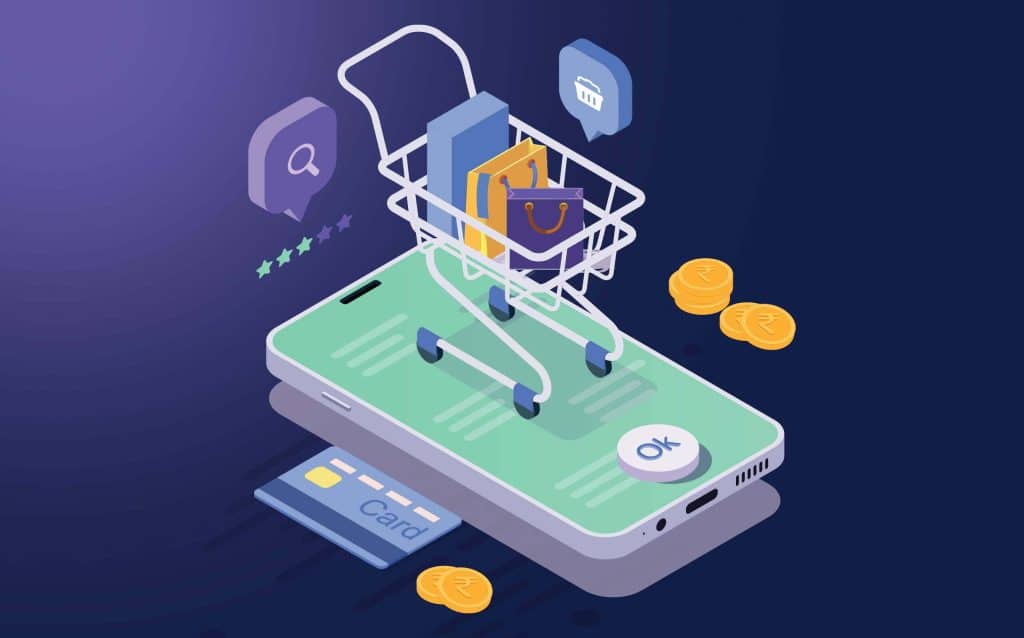In the ever-expanding realm of eCommerce, eCommerce payment gateway integration is a crucial step for any online business. It’s a process that involves ensuring secure payment processing, a critical element for both consumer trust and legal compliance. This detailed blog post aims to guide you through the intricacies of this process, highlighting the key challenges and offering effective solutions.
The Critical Role of Payment Gateway Integration in eCommerce
Overview
Payment gateways play a pivotal role in the eCommerce landscape. They act as a crucial link between an online store and its customers, facilitating the secure and efficient processing of customer payments. Their function extends beyond just handling transactions; they are integral in safeguarding sensitive financial data and ensuring a seamless customer experience.
Key Challenges in eCommerce Payment Gateway Integration
Integrating a payment gateway into an eCommerce platform, however, presents unique challenges. These challenges range from ensuring compatibility with the eCommerce platform to maintaining high-security standards.
Selecting the Right eCommerce Payment Gateway for Your Business
Evaluating Factors for Selection
The decision to select from types of payment gateways can significantly impact the success of an online business. This decision-making process involves considering various factors such as:
- Transaction Fees: Understanding the cost implications of each transaction and how they affect overall profitability.
- Supported Payment Methods: Ensuring the gateway supports a variety of payment methods preferred by the target customer base.
- Security Features: Evaluating the robustness of security measures provided by the gateway.
- Platform Compatibility: Assessing how well the payment gateway integration with the existing eCommerce platform.
- Payment Gateway vs Payment Processor
Understanding the difference between a payment gateway and a payment processor is crucial. While a payment processor executes the transactions, the gateway acts as the interface between the merchant and the processor, facilitating the transaction.

Assessing Security Features and Platform Compatibility
- Secure Payment Processing
Ensuring secure selection of payment processing through a complete guide to payment gateway. This involves assessing features like SSL encryption, PCI DSS compliance, and fraud detection capabilities. Secure processing is not just about protecting transactions but also about building customer trust.
- Platform Compatibility
The compatibility of the payment gateway with the eCommerce platform is vital for smooth integration. This involves ensuring that the gateway can seamlessly integrate with the platform’s infrastructure, providing a hassle-free experience to the customers.
The Imperative of Secure Payment Processing in eCommerce
- Building Trust Through Security
Secure payment processing is central to the success of an eCommerce operation. It involves not just the protection of financial transactions but also the establishment of a foundation of trust with customers.
- Implementing Data Encryption and Security Protocols
Key components include data encryption and adherence to security protocols like SSL (Secure Socket Layer) and TLS (Transport Layer Security). These protocols ensure that customer data is securely transmitted, maintaining its confidentiality and integrity.
- Compliance with PCI DSS and Other Standards
Adhering to standards like PCI DSS is essential. These standards are set to ensure that all entities that handle credit card information maintain a secure environment, which is critical in payment gateway integration.
Integrating the Payment Gateway with Your eCommerce Platform
- Technical Aspects of Integration
The process of integrating a payment gateway into an eCommerce platform involves several technical aspects:
- Understanding APIs: It’s crucial to comprehend how the payment gateway’s API will interact with the eCommerce platform.
- Ensuring Compatibility: The gateway should be compatible with the platform in terms of technology and functionality.
- Conducting Thorough Testing: Before going live, thorough testing is required to ensure seamless and secure payment processing.

Overcoming Technical and Security Challenges in Payment Integration
- Addressing Multifaceted Challenges
Setting up a payment gateway in an eCommerce platform is a complex process that involves addressing various technical and security challenges.
- Continuous Secure Payment Processing
This includes regular updates to the gateway software, monitoring for security threats, and adapting to new payment technologies and trends.
- Navigating Regulatory Compliance and Data Security
Another critical aspect of payment gateway integration is ensuring compliance with regulatory requirements and data security standards like GDPR, CCPA, and PCI DSS.
Enhancing User Experience and Building Customer Trust
- Importance of User Experience
In eCommerce, the user experience encompasses every interaction a customer has with the online store, particularly during the checkout and payment process. A positive, seamless experience is crucial for building customer trust and loyalty.
- Streamlining the Checkout Process
This involves creating a user-friendly checkout process that reduces cart abandonment and improves conversion rates. It’s about making the payment process quick, intuitive, and secure.
- Offering Diverse Payment Options
Providing a range of payment options caters to different customer preferences and enhances the overall shopping experience. This includes integrating options like credit cards, digital wallets, and bank transfers securely into the platform.
- Keeping Up with Emerging Payment Technologies
Staying abreast of emerging payment technologies such as mobile payments, cryptocurrency transactions, and AI-driven fraud detection is vital. Integrating these technologies requires a focus on secure payment processing and innovative integration strategies.
Conclusion: Mastering eCommerce Payment Gateway Integration
Navigating the complexities of eCommerce payment gateway integration is a critical task that encompasses several important aspects: technical integration, security measures, and enhancing the user experience. This conclusion emphasizes the importance of each of these areas and how they contribute to the overall success of an eCommerce business. By focusing on secure payment processing, keeping up with technological advancements, and ensuring a high-quality user experience, businesses can not only meet but exceed the expectations of their customers. This holistic approach is key to thriving in the dynamic and competitive world of digital commerce. It’s a journey of continuous improvement, adaptation, and commitment to excellence.
In summary, the integration of a payment gateway into an eCommerce platform is a multi-dimensional process that requires careful consideration of technical, security, and user experience aspects. Ensuring secure payment processing, maintaining platform compatibility, and enhancing the customer journey are critical for the success of an online business in the dynamic world of eCommerce.
What is an integrated payment platform?
An integrated payment platform is a service that allows businesses to accept multiple forms of payment, such as credit cards, debit cards, and online payments, through a single solution. It consolidates various payment methods into a unified system, making it easier for businesses to process transactions and manage payments from different channels.
How do I integrate payment gateway in application?
To integrate a payment gateway in your application, follow these steps:
1. Choose a payment gateway provider that suits your needs and create an account with them.
2. Obtain the API credentials (such as API keys or tokens) from the payment gateway provider.
3. Install any necessary libraries or SDKs provided by the payment gateway provider into your application.
4. Use the provided documentation and API reference to implement the necessary code for payment processing.
5. Set up the required parameters, such as the amount to be charged, payment method details, and customer information.
6. Test the payment gateway integration using sandbox or test mode provided by the payment gateway provider.
7. Handle the response from the payment gateway to handle successful and failed transactions.
8. Implement any necessary error handling or fallback mechanisms in case of payment failures.
9. Securely store any sensitive customer data according to relevant data protection regulations.
10. Deploy and test the integration in your application environment.
Note: Please refer to the documentation and guidelines provided by your chosen payment gateway provider for specific integration instructions.


